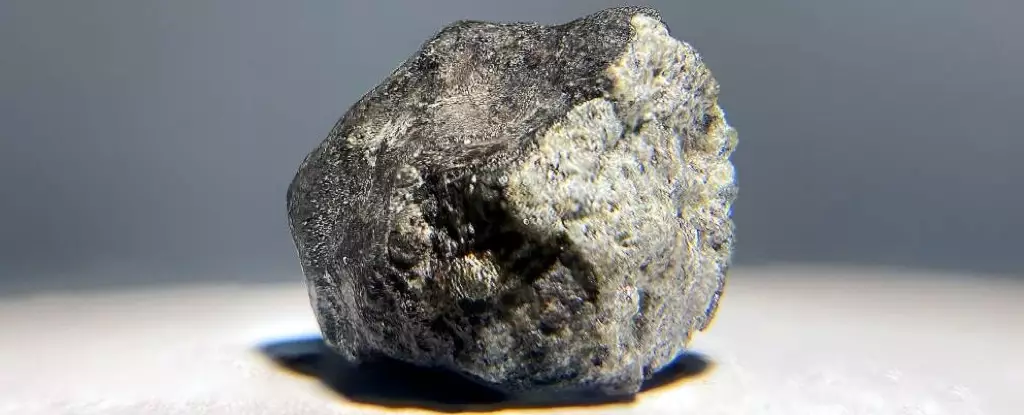Asteroids, the remnants of our Solar System’s formation, are key to understanding cosmic history. Recent breakthroughs in meteorite research have unveiled compelling evidence linking over 90 percent of the meteorites that have recently landed on Earth to their parent bodies in the asteroid belt. This article explores these findings, their implications for planetary science, and the continuing quest to chart the origins of these celestial travelers.
For years, scientists have been puzzled by the origins of meteorites, primitive objects that provide a snapshot of the early Solar System. While some meteorites could be traced back to specific asteroids, many remained enigmatic, marked by a lack of clear connections to their astronomical mothers. However, recent studies spearheaded by researchers from prominent institutions in Europe—such as the French National Centre for Scientific Research and the European Southern Observatory—have taken major strides in resolving these mysteries. Their findings suggest that many meteorites are closely related and originate from just a few asteroidal families.
Focusing on H (high iron) and L (low iron) chondrites, which represent approximately 70 percent of all meteorites, the studies reveal that these celestial objects come from three notable asteroid families: Massalia, Karin, and Koronis. The chondrites are characterized by their unique composition, featuring small, round particles known as chondrules formed from the rapid cooling of molten rock. Such shared characteristics point to a relatively recent and violent history among these asteroids, suggesting they broke apart around notable collision events in their past.
By examining data regarding cosmic-ray exposure ages and the orbital paths of these meteorites, the researchers provided a timeline for significant impact events within these asteroid families. For instance, the Massalia family experienced cataclysmic collisions 466 and 40 million years ago, while the Karin and Koronis families underwent similar events approximately 5.8 and 7.6 million years ago, respectively. These findings add weight to theories suggesting that meteorites raining down on Earth today are not random occurrences, but rather the result of a complex history of fragmentation.
The implications of these studies are far-reaching. Knowing the origins of the majority of meteorites can enhance our understanding of the evolution of our Solar System. The processes by which asteroid families form, collide, and fracture into fragments are crucial to comprehending how planets, moons, and other celestial bodies have evolved over time. Furthermore, the dynamics of these asteroid families can shed light on their future trajectories, informing our understanding of potential threats posed by Near-Earth Objects (NEOs) to our planet.
New insights into the less prevalent meteorites expand our knowledge base even further. Assigning other rare meteorites to asteroid families such as Veritas, Polana, and Eos allows researchers to account for even more meteorite types, pushing overall identification rates beyond 90 percent. This collective knowledge enables astronomers to create more comprehensive models of how meteorites influence Earth and our environment.
While the recent studies have clarified the origins of many meteorites, the research does not stop here. The ongoing determination of scientists to continue observing and categorizing these celestial rocks signifies a more extensive project aimed at fully unraveling the complexities of the Solar System. This ambitious approach aims to account for every meteorite type, thereby providing a more thorough understanding of their lifecycles and their ultimate fates.
As we look to the cosmos, the efforts of researchers reveal a growing tapestry of connections between the past and present. The knowledge gained not only fosters a deeper appreciation for the celestial forces at play but also poses intriguing questions about the future of our own planet. In unraveling the stories of meteorites, we push the boundaries of our understanding of cosmic history, reminding us that the universe, in its vastness, continues to hold countless secrets waiting to be discovered.


Leave a Reply